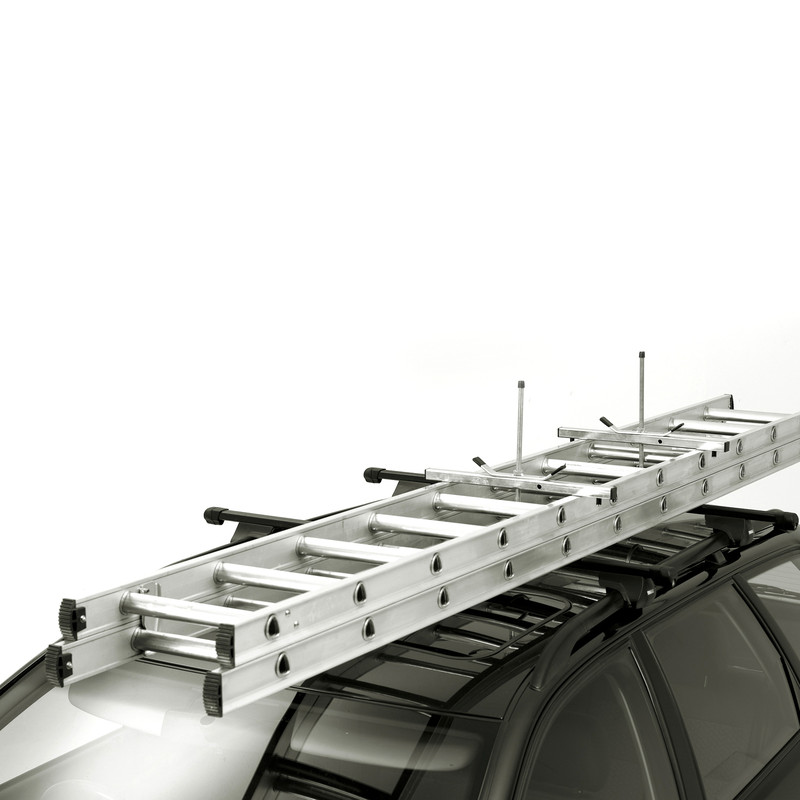If you’re a tradesperson then taking your ladders from job to job is an important part of your day. Even if you know about the advice we are going to provide for securing ladders during transport it never hurts to have a refresher, and if you’re just getting started in trade this information could definitely help you. Not only can properly securing your ladders protect the ladder and your vehicle from any damage during movement, and reduce the risk of accidents, but it will also deter any opportunistic burglars from attempting to steal your ladders when you’re away from it. You may wonder why anyone would steal a ladder, but the coronavirus pandemic has seen an increase in crime rates so it’s better to be safe than sorry.
Know your equipment and the law
How you transport your ladder is important, especially if you aren’t too familiar with the equipment you’re using. It might not seem that important on the surface but adequately securing your ladder will ensure you don’t have an accident while driving so it could end up saving your life. So, if you’re going to be using equipment that you haven’t used before or aren’t too confident with like roof racks then do your research on it and practice while you’re stationary.
Depending on the length and size of the ladder you may be able to store it inside the van but for extension ladders for instance that won’t fit inside, you will need to attach it to the roof. The most common ways to do this are with roof bars or a roof rack. If you are going to transport your ladders this way however you need to be aware of the laws in place related to the amount of overhang you’re allowed on the front and rear of your vehicle.
What are the legal requirements for overhang?
If you want to explore this in more detail you can find all laws and restrictions are recorded under section 26 of the Vehicle and Operator Services Agency (VOSA). I will be providing a brief overview of the rules relating to overhang below.
Rear overhang
- If it is less than 1 metre, there are no requirements
- If the overhang is between 1 and 2 metres it must be clearly visible. A lot of people choose to mark it with bright coloured cloth or a high-vis jacket. Whatever you decide it must be clearly visible within a reasonable distance to other road users.
- If between 2 and 3.05 metres, you must have a rear marker board.
- If the overhang exceeds 3.05 metres, you need to give the police 2 working days’ notice.
Front overhang
- If between 0 and 2 metres, there are no requirements.
- If between 2 and 3.05 metres, you must have a front and side marker board.
- If the overhang exceeds 3.05 metres, you need to give the police 2 working days’ notice.
We hope you have found this information useful and will keep in mind the legal requirements when securely transporting ladders on the roof of your vehicle.
No related posts.



